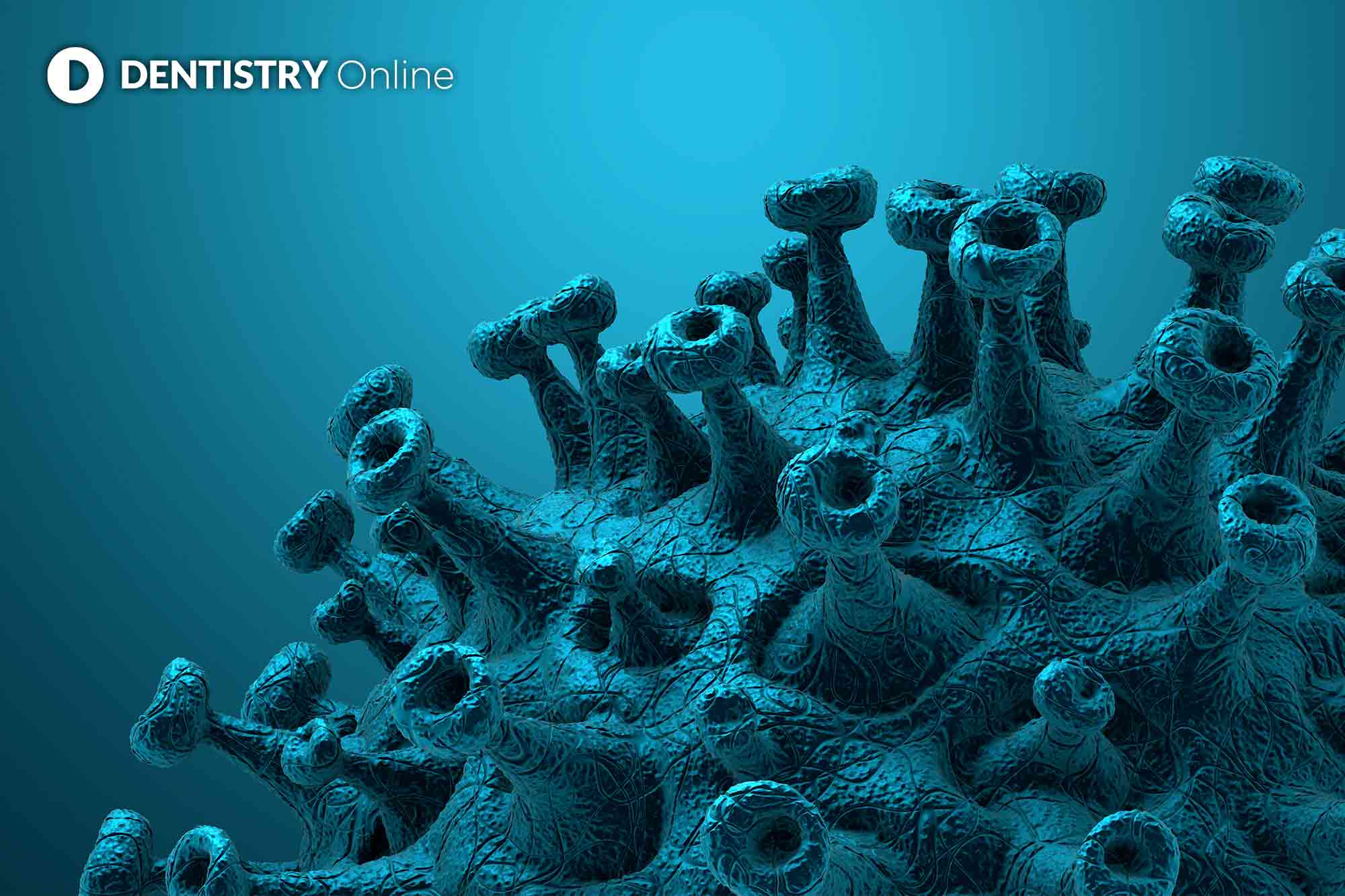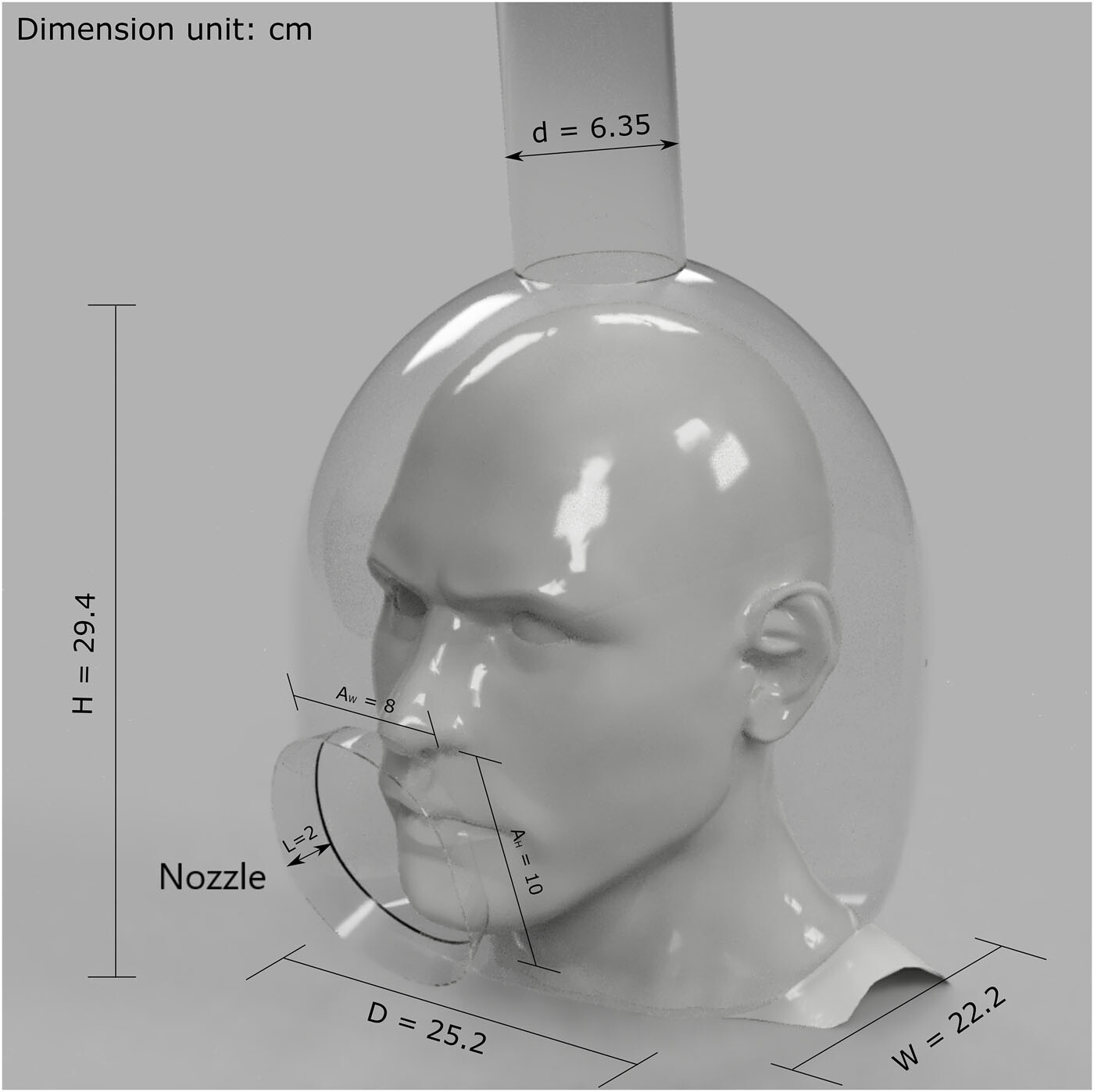 Researchers have created an open-faced helmet for patients to help reduce the COVID-19 transmission during dental treatment.
Researchers have created an open-faced helmet for patients to help reduce the COVID-19 transmission during dental treatment.
Put together by a team at Cornell University, the helmet connects to an air filtration pump from the top, creating a reverse air flow. This helps to prevent droplets from exiting the helmet.
The helmet is 1mm thick and – aside from the ports for head access and the filtration pump – fully encloses the head.
Using a computer simulation with computational fluid dynamics (FLD), the device contained 99.6% of cough droplets within just 0.1 seconds.
Better efficiency
Author Mahdi Esmaily Moghadam argued that, as a result, the helmet was a more efficient method of decontamination. According to research, the same air pump would take 45 minutes to remove 99.0% of the airborne droplets from the room.
The researchers concluded: ‘Future studies will build on this simulation study to improve the helmet design using formal shape optimisation, validate the simulation results by fabricating a prototype and performing experiments, and investigate manufacturing processes for the mass production of the helmet.’
They add that the helmets could cost as little as two dollars (£1.50) if they are made using disposable materials.
This comes as research shows slower handpieces could help tocut back on coronavirus transmission.
Carried out by King’s College London, a team analysed aerosol generation during dental procedures.
As a result, they concluded that dentists should carefully select and control drill rotation speeds in a bid to lower COVID-19 transmission risk.
They also recommend using equipment that only use water as a coolant.

Increasing progress
Professor Owen Addison of King’s College London Faculty of Dentistry is a co-author on the study.
He says: ‘This important work describes the basic mechanisms that lead to the features of dental aerosols that we currently consider to be high risk.
‘This has enabled us to choose drill parameters to keep our patients and the dental team safe. We cannot provide every procedure, because slowing our drills is much less efficient.
‘But we now have the basis to do more than we have done in the last six months.’
You can read the full study here.
Follow Dentistry.co.uk on Instagram to keep up with all the latest dental news and trends.


